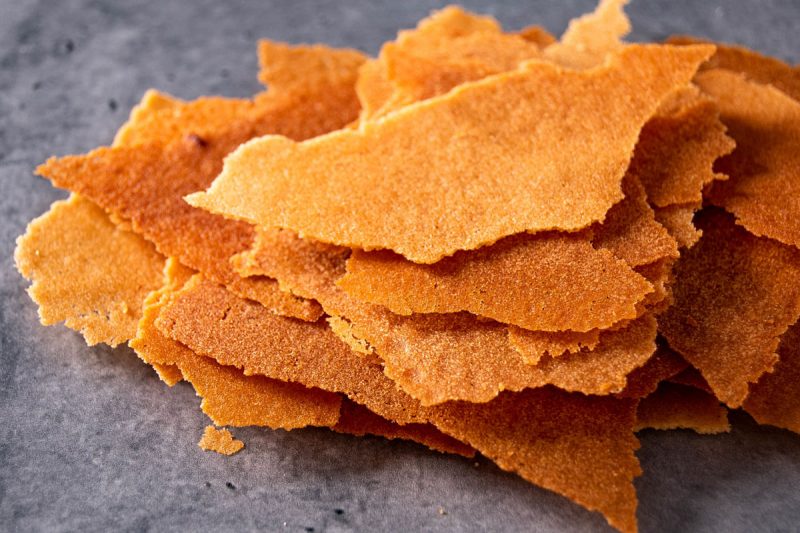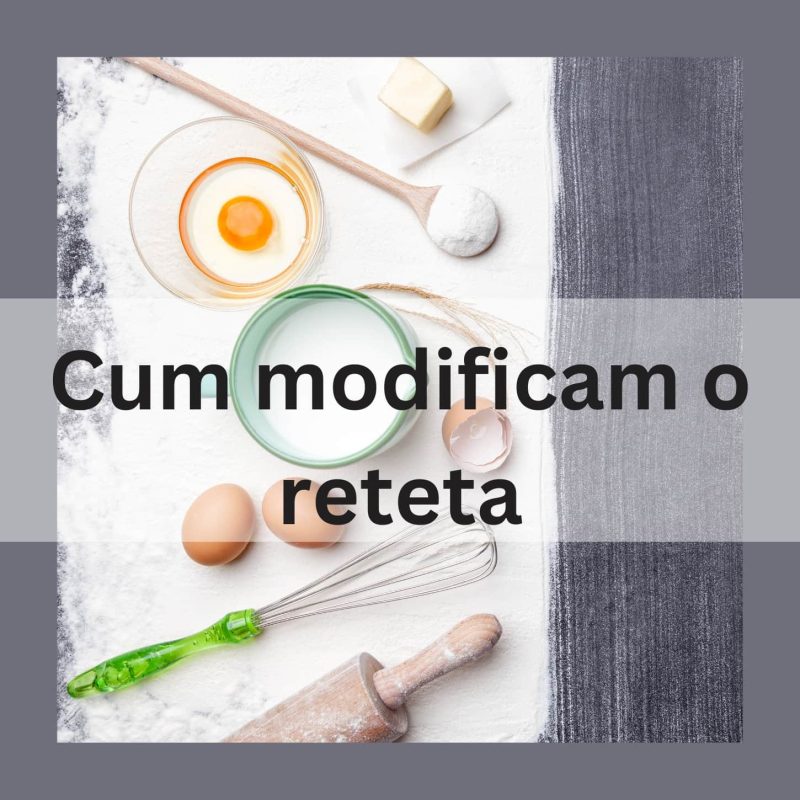How to write a recipe like a pro

Food blogging and recipe writing sounds fun, isn’t it? It does sound like the dream job and many people would say „ah it’s just a recipe”, but they forget about the work behind a recipe, the effort of baking it, testing it and make the needed changes sometimes, the time spent writing it and the time spent helping people to make it afterwards. So let’s see together how to write a recipe correctly because far too often I see recipes that are edited awfully, that are difficult to follow and make!

I can’t talk in the name of other bloggers, but recipe writing wasn’t the thing I was that good at when I first started blogging. There were so many things I didn’t pay much attention to when writing recipes that when I look back at my old recipes I feel somehow ashamed. They are great recipes, just poorly written so I decided to write a post sharing a few guidelines I learnt along the way about how to write a recipe the right way.
- List the ingredients in one place and don’t mix them with the directions – it’s easier to follow a recipe written that way than reading the directions and having to pick up the ingredients as you go.
- List the ingredients in the same order as they are used in the directions – it’s much easier for you, the writer, to follow the ingredients and make sure you don’t leave anything out and it’s easy for the reader as well to do the exact same thing. It may be hard to do at first, but in time it will become second nature.
- If you’re using rare ingredients or some that have a fancy name, do offer explanations or substitutes – remember that you’re publishing recipes online and people across the globe will read; some of them may not have that exact same ingredient but still want to make your recipe.
- Directions like „chopped” or „sifted” come right after the measure if you are measuring the ingredient chopped or sifted. „1 cup sifted flour” weights differently than „1 cup, sifted”. If you measure something then sift it or chop it, make sure to say in your recipe.
- Depending on your audience, use the right measurements.
- Try to be clear about ingredients and don’t leave room for confusion. If you’re using dark brown sugar, say so, if you’re using whole milk, say so, if you’re using dried fruits, say so. If you leave room for confusion, people have two options: either make the recipe with their substitutions and don’t succeed, or ask you in comments things that could have been cleared from the beginning.
- Don’t use abbreviations – tbs or tbls or any other shortcut you might want to use only leaves room for confusion. SImply spell out the measurements properly.
- If you’re writing a recipe with more elements, like I often do, make sure you break the ingredient list into sections for each elements and do so with the directions as well. There’s nothing more annoying than having to read a recipe dozens of times to understand what ingredients goes where and when. People will eventually give up trying a recipe they don’t understand.
- If you, like me, are testing a recipe as you go, make sure to take notes as you bake or cook and include them in your final recipe – don’t rely on remembering the changes, but write them down!
- Avoid using specific ingredients or certain brands unless it’s highly important for the success of your recipe. Like I said above, people from Australia might not find the exact same ingredients as people in Sweden for instance. But a generic ingredient name, like all-purpose flour or white sugar is found everywhere.
- Give dimensions for baking trays or pans if it’s important for the recipe. A smaller or bigger pan does make a difference in certain recipes.
- If applicable, give the dimensions of the bowls used. I remember a few times having to change bowls because I had too much batter or too much cream and it was spilling out – you don’t want this to happen to your readers if you can avoid it.
- Give baking/cooking times and temperatures and make sure to be clear on what the reader should look for when baking or cooking. For instance „bake for 15 minutes or until the edges of the cookies begin to look slightly golden brown”. From perfect cookies to burnt ones is just a step and it begins with having the temperature wrong, followed by the wrong baking time.
- Pre-heating the oven is an important step when baking – do mention it in your recipes if possible – beginners might not know this so it’s crucial.
- Check the recipe to make sure it’s consistent and there are no grammar errors or any ingredient skipped. Of course, errors can occur, but if they do and your readers come forward and advise you to change them, do so without being upset.
- Finish a recipe with decoration suggestions, serving instructions or how and where to store – people will appreciate this.







Thank You! It is GREAT tips
Thank you so much for the information. It is really informative and great to read.